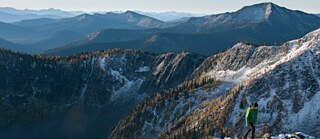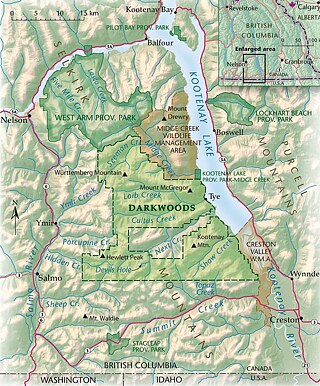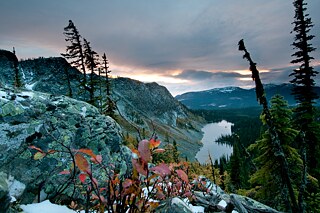There is a partly undisturbed region covering 55, 000 hectares located in the south of British Columbia. Consisting of woods, rivers, and lakes, it is called Darkwoods, or the “Canadian Black Forest”. The German duke Carl von Württemberg named it after the mountainous Black Forest region in Germany, where he lived before seeking refuge here during the Cold War.
The fifth of six children, Carl von Württemberg was born in 1936 to one of the major German noble families. In 1967, he looked for a safe home in British Columbia for him and his family, as he could feel the impact of the Cold War in Germany. He took a liking to the wild country in the south of the province, so he acquired this large tract of land and started to manage it. In 2008, Duke Carl von Württemberg ultimately returned Darkwoods to its original owner, Canada – specifically the environmental organization “Nature Conservancy Canada” (NCC). The taxes on the land had been raised, prompting the German duke, then in his 70s, to sell the land to someone who would continue to protect and care for it.
Darkwoods and the surrounding parks and nature reserves
| © The Royal Canadian Geographical Society
The view on mountains and forests
| © Nature Conservancy of Canada
Because Darkwoods is immediately adjacent to various parks and nature reserves, it is part of a protected area of around 100 000 hectares, where animals can move about unhindered and plants can grow undisturbed. A 2011 count listed a total of 219 plant species and 200 animal species, including grizzly bears, numerous types of birds, and the last mountain caribou in North America. Approximately 70 percent of the region is covered in woods, and the House of Württemberg managed the forests carefully and sustainably over the 42 years Darkwoods was in its care. Because of this, the Canadian Black Forest is one of the last areas where the endangered whitebark pine can be found.
View of the Alpine Lake
| © Bruce Kirkby
Life in Darkwoods changes considerably with the turn of the seasons. Summer only lasts around six weeks here, and neither spring nor fall take more than a month, so winter dominates for the majority of the year. Unlike other large animals, such as moose, the endangered mountain caribou is optimally suited to deep snow in the winter. Thanks to their large hairy hooves, which are the size of dinner plates, they can reach areas at altitudes of over 2000 metres.
The Cultus Creek in Darkwoods
| © Nature Conservancy of Canada
In the spring, the snow melts in the valleys and flows into Kootenay Lake. The floodplains of Kootenay Lake attract migratory birds like coots and snow geese, while also offering fertile land for the local population to grow fruit and raise livestock. Another remarkable feature of the Canadian Black Forest is the freshwater salmon. In the late summer, they can be seen travelling upstream through rivers neighbouring Kootenay Lake to their spawning grounds.




